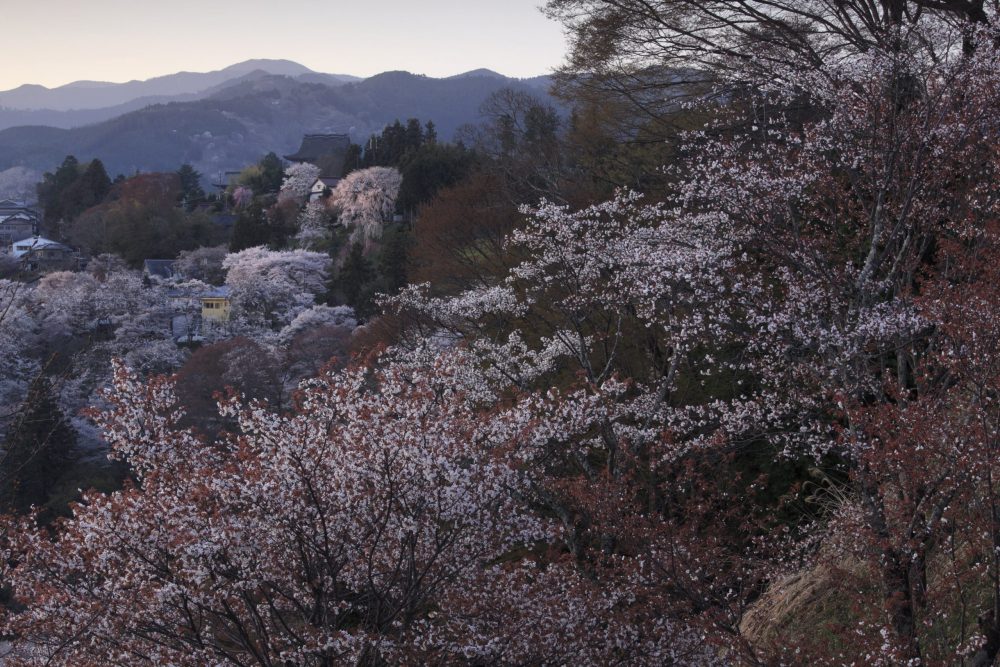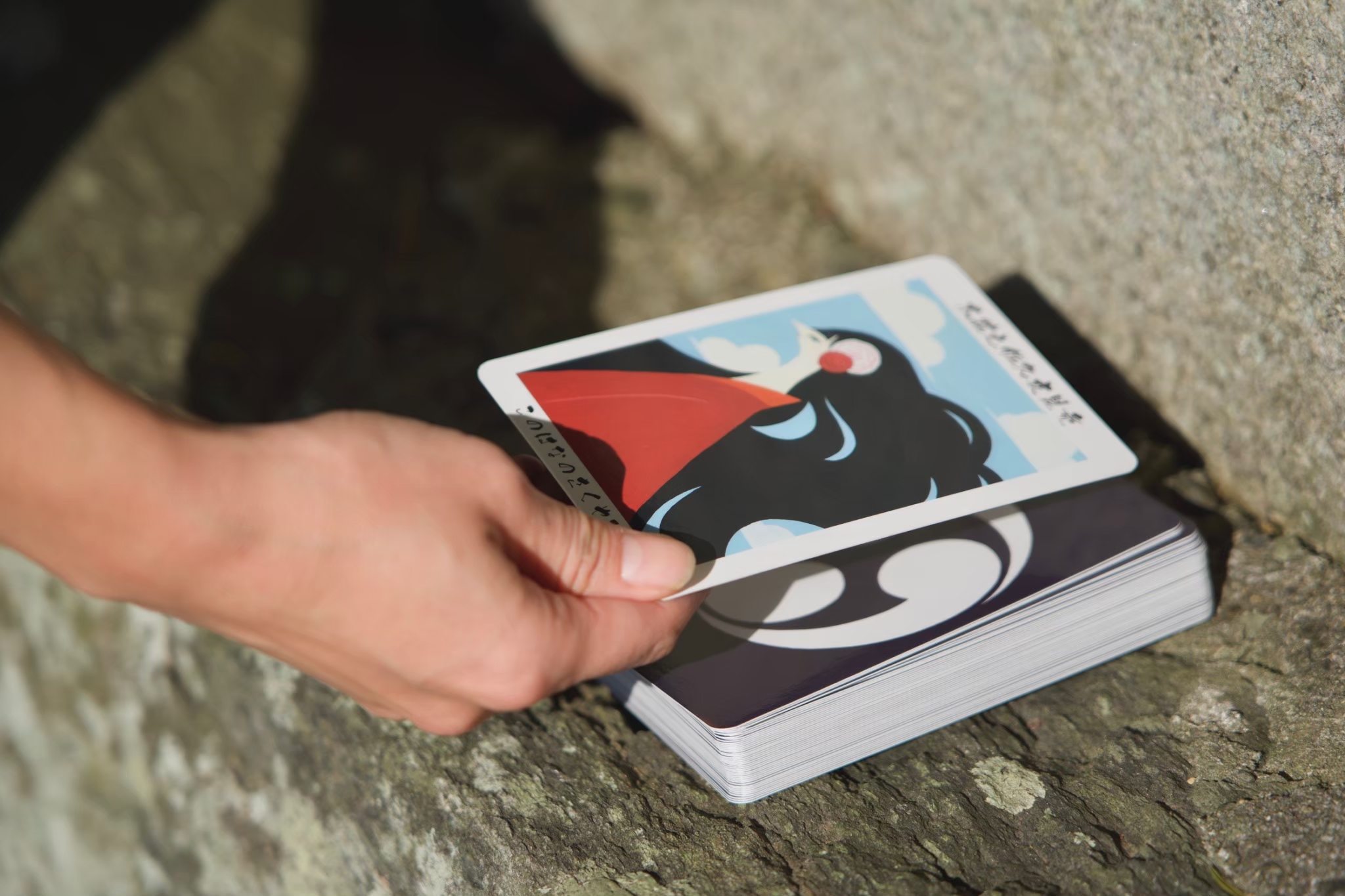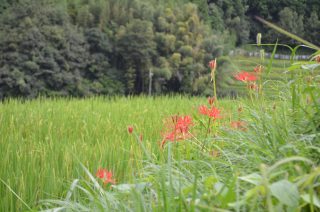“This is NOT cherry blossom viewing, it’s hiking!”
Occasionally, such words can be heard around Mt. Yoshino in spring.
Mt. Yoshino is a rugged area with many steep slopes. Moreover, it is not actually a mountain, but a part of the ridgeline that goes into the Kii Peninsula, so the deeper you go, the more mountainous it gets. The comfortable type of “cherry blossom viewing” that people often imagine is not suitable for Mt. Yoshino.
It really makes me wonder why Mt. Yoshino has become a famous spot for cherry blossoms.
I think that the reason lies in Yoshino’s origin as a “secret” cherry blossom spot.
Long ago, the capital of Japan was in Kyoto, and many poets made their home there. In an era when there were no cars or trains, Yoshino, which was beyond the mountains, would have been an unexplored area that was not easy to reach. It was a mysterious area that was rumored to have wonderful cherry blossoms.
I think that this image of Yoshino being a relatively unknown area with cherry blossoms became a deep tradition over time.
We can find evidence of this image in a story that was written 700 years ago:
“When you are asked, ‘Where is Mt. Yoshino?’
‘When I think of flowers, I think of Yoshino. When I think of autumn leaves, it is Tatsuta. I think that’s what I’m going to do.’
I don’t actually know where it is. Maybe around Ise, or somewhere in Kyushu. This is how you should reply.”
(From “The Story of Sho-tetsu”)
900 years ago, when Yoshino was still a hidden area.
There was a poet, Saigyo Houshi, who actually saw the cherry blossoms at Mt. Yoshino and composed poetry. I will introduce some of the poems of cherry blossoms and Mt. Yoshino that Saigyo Hoshi wrote:
“When I was viewing cherry blossoms at Mt. Yoshino, I came to a fork.
If I look closely, I can see that I took this road last year, because there’s a branch broken as a sign.
Then, this year, I will choose another road and go find the cherry blossoms I have not seen yet.”
“Mt. Yoshino is in full bloom with cherry blossoms that might be mistaken for a trailing cloud.
If the cherry blossoms fall, the petals will look like snow.”
“I can’t control my feelings for cherry blossoms.
If the mountain cherry blossoms fall and scatter, will my mind ever return to my body?”
When I look at these poems left by Saigyo, I can understand his joy in discovering Mt. Yoshino’s cherry blossoms, the pure whiteness of petals, his longing for them, and the fragility of the flowers.
The cherry blossoms that Saigyo yearned for were wild cherry blossoms.
The wild cherry blossoms seem to say “I am smiling for you,” “purity,” “highness,” “simplicity,” and “beautiful” in their own flower language.
These words of the flowers seem to be similar to Saigyo’s poems. Through poems and cherry blossoms, I can communicate with people who lived centuries ago…
There is another poem that Saigyo composed:
“On Mt. Yoshino, a heart left at the base of the cherry tree with scattered petals is waiting for me?”
It’s like a line from a romance novel to say “I left my heart.” It’s like saying that I’ve always been thinking about you.
In France, the words for cherry blossoms is “don’t forget me.” Thoughts on the meaning of cherry blossoms go beyond the country of Japan.
By the way, if you live near Mt. Yoshino, you may find it troublesome because there are many people in Mt. Yoshino in the springtime. Saigyo composed such feelings in a poem as well.
“As long as it doesn’t fall, many people come.
It’s the mountain of Yoshino where you can feel the spring in the cherry blossoms.”
Please be aware of the large number of people when visiting Mt. Yoshino in the spring.




